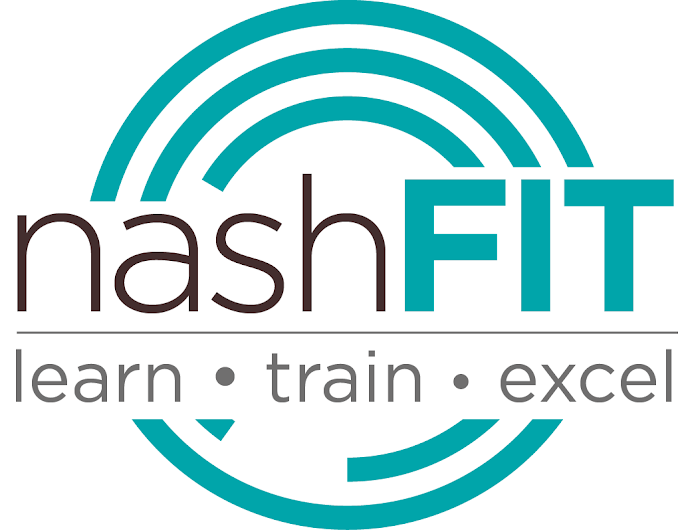Developing safe and effective programs is the result of:
- Effective pre-exercise screening & assessment
- Appropriate program development & progression
- Program Execution (effective coaching & vigilance / error detection)
The equation to correct functional movement can either take a therapeutic or biomechanical approach. I developed nashFIT to fall within the scope of practice of Personal Trainers and Kinesiologist. Therefore, we use the biomechanical approach and the answer is as follow: Improve movement around postural and joint stability. Notice I said movement, not muscle.
In nashFIT, the movement attached to the mechanical breakdown dictates the corrective movement. To that end, the nashFIT assessments use a check in the box system. Each box represents a faulty or inefficient movement. Each time a error is detected we use the opposing / opposite movement to help correct and therefore improve mechanical efficiency over top of postural stability.
For example, take the plank with the following movement errors / check in the box.
There are a number of therapeutic approaches that can be successfully used to correct these movement issues, but the method above is highly effective and easy to execute. For ex. in point 4 above, if the hips are flexing, then a posturally stable hip extension is prescribed. Over time, if this corrective strategy is consistently applied, a clients aberrant movements can be successfully changed.
As you can see from the 1st picture above, this approach is neither new (the Soviets have been implementing this system for decades) or rocket science but in my experience it isn't often utilized. And as a result our clients and athletes are getting injured. Take the plyometric push-up and depth drops exercises shown here. Both are amazing at developing sagittal plane explosive power for the upper and lower body respectively. But most advanced athletes perform these advanced exercises with a significant biomechanical error and therefore are inching slowly but surely towards a repetitive use injury - through effective assessment, coaching and corrective exercise integration, the check in the box biomechanical approach can prevent the vast majority of these issues.
By implementing this approach you will:
1) create coordinated smooth movement (mobility over stability of joint / postural stability) . All good movement starts with accepting load via neutral posture and or joint centricity.
2) create a better movement / plank...remember, the correction is always the opposite movement to biomechanical issue.
After you become a movement correction expert, other muscle / therapeutic based techniques are a great adjunct to your learning. But, these techniques are often not required when the above strategy is accurately utilized. Isn't it a lot easier to remember a 40-50 movements versus, hundreds of muscles. Create better movement and you end up with better posture. Create better posture and you end up with better movement....which process is best? who cares :)
PS - leave the individual muscle anatomy to those titled therapist & surgeon...they deal with the injured, PT's, Strength & Conditioning Coaches and most Kinesiologist deal with dysfunctional movement but uninjured (not sprained, strained or broken)
PPS - want to use technology to help you develop the critical coaching eye and document your corrective work. Try these iPhone and Android apps.
Apple:
Android:
Good luck detecting, correcting & improving your clients function :)





